Buying a new television is one of those things that is easier said than done. To say it’s a big market would be an understatement, and the sheer amount of TVs available is enough to freeze you up with indecision if you don’t know what you need.
There are a lot of important questions you need to ask yourself before you finally commit to your final TV choice. Do you know what the minimum resolution you should be looking for is? Are there features that are more beneficial to gaming? What TV is best suited for your budget?
If you’re not sure where to start when answering these questions, don’t fret, because we’ve broken down all of the essential features you should be looking for. Here’s our guide to everything you need to know when buying a brand-new TV.
Table of contents
Size matters
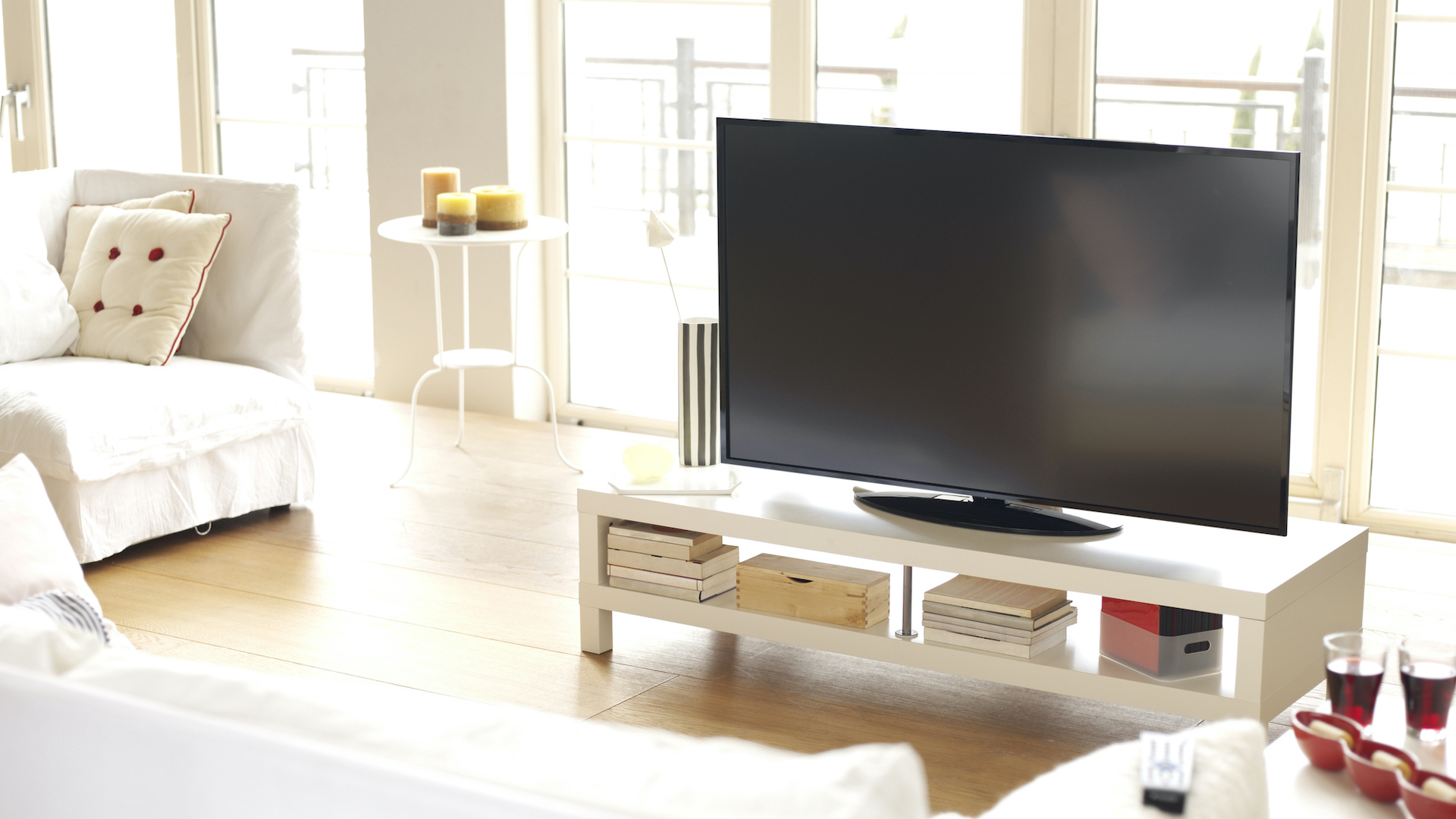
If you’re buying a new TV with the same screen size as your current one, you probably already have a good idea of how it physically fits into the room. However, if you’re looking to grab a bigger screen than the one you currently have, you should make sure it can comfortably fit into the space of its intended room.
The size of your TV also determines how far away you should be sitting from it. To figure out the minimum optimal distance you should be sitting from your TV, measure its vertical side and then multiple that number by 1.5. Now measure out this figure from the centre of the screen to find out how far away you should be sitting.
If you’re buying a TV that’s bigger than your current model, it’s also a good idea to measure out your entertainment unit or check your wall mount to make sure your new screen will fit on it. Otherwise, you can add a new TV unit to your bill.
Talkin’ about a resolution
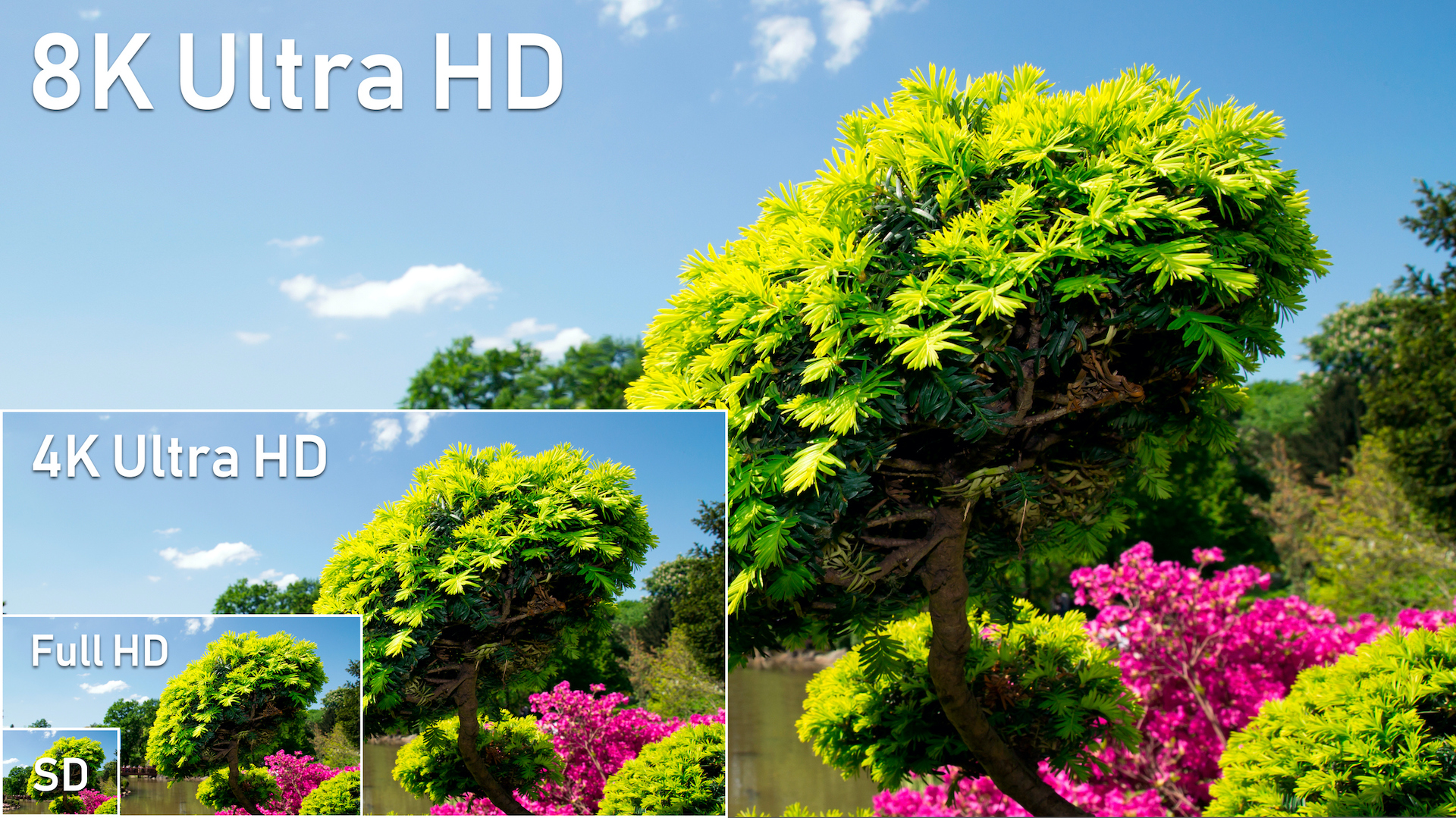
The short answer is: buy a 4K TV. Unless you’re on a very tight budget, you should avoid buying a TV with a peak resolution of 1080p. These kinds of TVs are fast becoming obsolete, so you’d be doing yourself a disservice in the long run. Plus, the general price of 4K TVs has become much more affordable. You should also make sure the TV includes high dynamic range (HDR) support, which helps to optimise the colours, brightness and contrast of what’s on screen.
While 8K TVs are available, there’s barely any content that’s currently being captured at that resolution, so you’d be paying extra money for a feature you can’t really use. If you’re someone who likes to future-proof your tech, grabbing an 8K TV could be a worthwhile investment but at this moment in time, it’s not doing you any favours.
While both the PS5 and Xbox Series X have the capacity for 8K output, this feature is currently locked and won’t be made available through an update until there’s enough 8K content to warrant it.
How many inputs does it have?
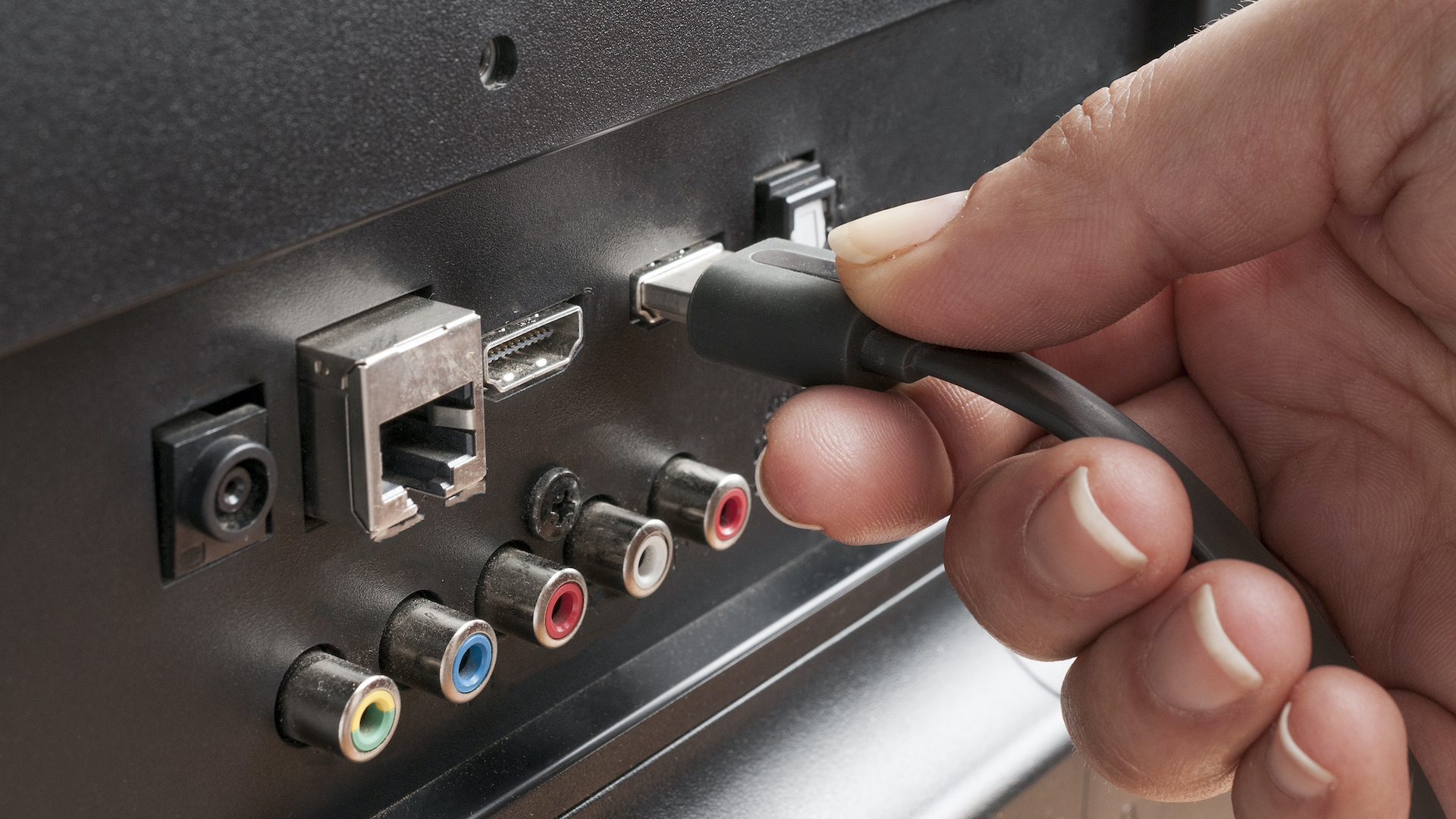
As a rule of thumb, the TV should have at least four HDMI ports, but it’s also helpful to count out how many devices you have plugged into your current TV – because that’s the number of ports you should be aiming for. Do you only own a PS5, or is there a Nintendo Switch or Xbox that you need to plug in as well? What about streaming devices? Is there room for your Chromecast and your Fire TV Stick? Do you have a Blu-Ray player hooked up too?
If you’ve got a fancy audio system, an HDMI ARC port will help you cut down on the number of cables you need by letting you connect your TV directly to your soundbar or A/V receiver.
You should also make sure the TV includes HDMI 2.1 ports. This is the latest version of HDMI, which has improved data transfer capacity for audio and visuals – including the ability to support resolutions up to 8K, along with 4K with 120Hz refresh rates. You can check out a more in-depth look at the benefits of HDMI 2.1 here.
If you predominately use your TV for gaming (especially if it’s the PS5 and Xbox Series X/S), then you’ll definitely want to have HDMI 2.1 ports handy. It’ll help you unlock features like Variable Refresh Rate (VRR) and Auto Low Latency Mode (ALLM), which will help to decrease input lag and reduce screen-tearing.
Keep the refresh rates high

Refresh rates – also known as frames per second – determine how many times the screen refreshes the image per second. A higher refresh rate results in a much smoother on-screen movement when it comes to fast-paced motion, like a tennis match or game of Call of Duty.
The standard rates are 60Hz and 120Hz, but your TV’s ability to hit those numbers depends on the connections and resolutions that it uses.
To follow what we were saying about HDMI 2.1, this connection will allow you to achieve much higher refresh rates at higher screen resolutions, like 4K. This isn’t bad if you’re just using your TV to stream movies, but potentially a hassle if you play a lot of fast-paced games. Without an HDMI 2.1 connection, 4K resolutions will be capped at 60Hz, or you’ll have to bump down your display to a lower resolution to hit 120Hz.
Make sure there’s a Game Mode if you’re a gamer

We’ve mentioned a few essentials if you’re buying a TV for gaming throughout this guide, but this particular feature deserves its own shout-out. Most modern TVs have a dedicated Game Mode, which, when activated, will help to lower input lag by auto-adjusting your TV’s display to the lowest possible latency. If you play a lot of very fast-paced games, then you’ll know how important fast response times can be and sluggish inputs can be the difference between you perfectly rolling away from a boss in Elden Ring or getting one-shotted.
When setting up your new TV, it pays to double-check that Game Mode has actually been turned on. Some TVs don’t come with it automatically enabled.
OLED, QLED and mini-LED
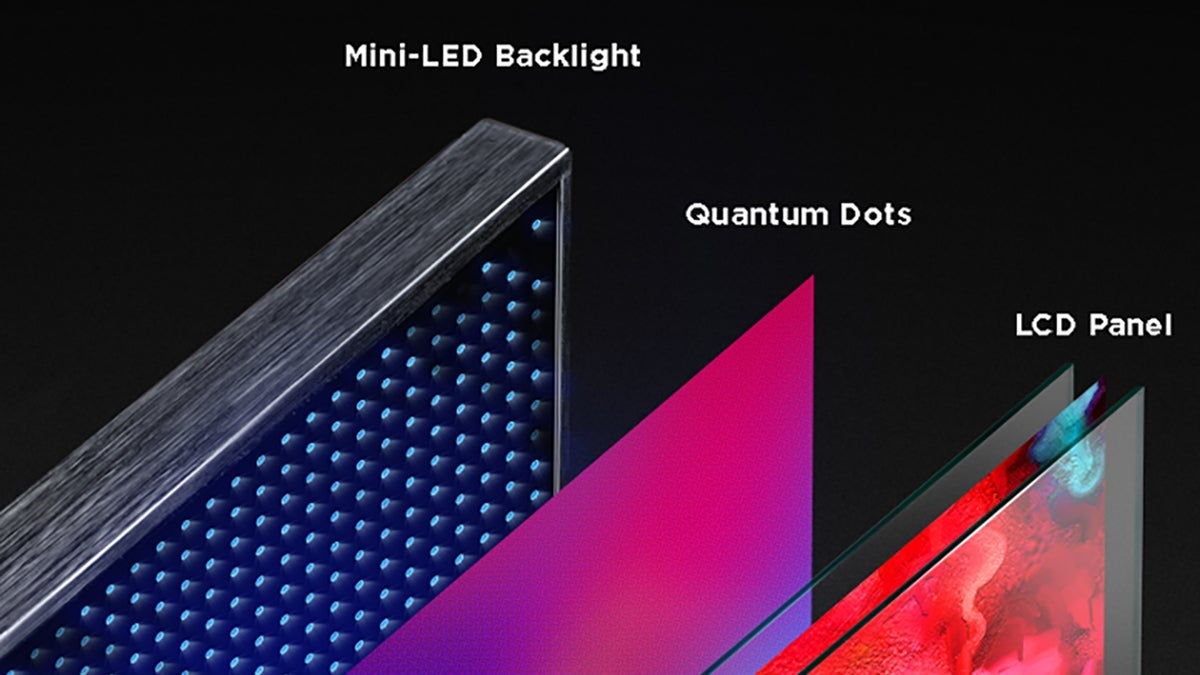
One of the biggest brand-to-brand variances for TVs comes from the kind of LED they use in their displays. The most popular of these displays are OLED (Organic Light Emitting Diode) and QLED (Quantum Dot Light Emitting Diode), which both have their respective strengths and weaknesses.
OLED TVs are widely considered to be the best type of TV display and are lit by individual organic pixels. This ability to flick off individual pixels allows for fantastic picture reproduction with great contrast, no blooming and true blacks – although its peak brightness is somewhat capped.
QLED displays are backlit by LEDs but use a layer of quantum dots, which helps to enhance the on-screen picture quality. Compared to OLED displays, QLED TVs can achieve a higher brightness and picture colour, while also being much cheaper. The only drawback is that the overall picture quality of a QLED isn’t as good as an OLED one.
Mini-LED TVs are a fairly recent technology but have been making strong headways as an incredibly worthwhile display type. It works similarly to a QLED display, with a layer of quantum dots being backlit by LEDs, but the major difference is that it uses considerably smaller LEDs. These mini-LEDs allow the display to pack more LEDs into a single space, which increases the precision of the backlighting and allows for a picture with enhanced brightness, contrast and colour reproduction.
Here’s a more thorough explanation of the difference between OLED, QLED and mini-LED TVs.
Here’s what we suggest
So, you’ve made your way through this guide, made some notes on what you want and are finally ready to buy a new TV. But what’s good?
Fret not, because we’ve also got that covered for you. Here are a few TVs that we recommend.
TCL 55″ C845 Mini-LED TV
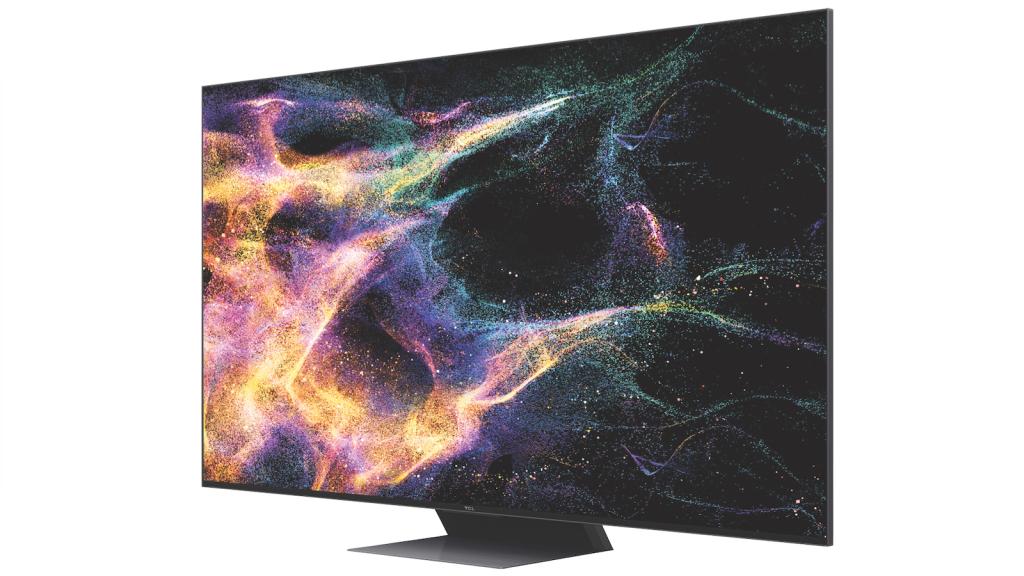
In terms of both price and performance, this Google-powered smart TV from TCL is a solid option. The C845 uses a mini-LED display with some great picture reproduction and can support HDR10+ and Dolby Vision enhancement. It’s also one of the few TVs that can manage 4K @ 144Hz, and use AMD Freesync Premium Pro. It also comes loaded with a lot of great optimisation features for gaming, including VRR and ALLM.
TCL is giving away double passes to the upcoming 2023 Toyota AFL Grand Final. Head to TCL to find out how you can win. Entries close September 27.
LG C3 55″ OLED EVO C3 4K UHD Smart TV
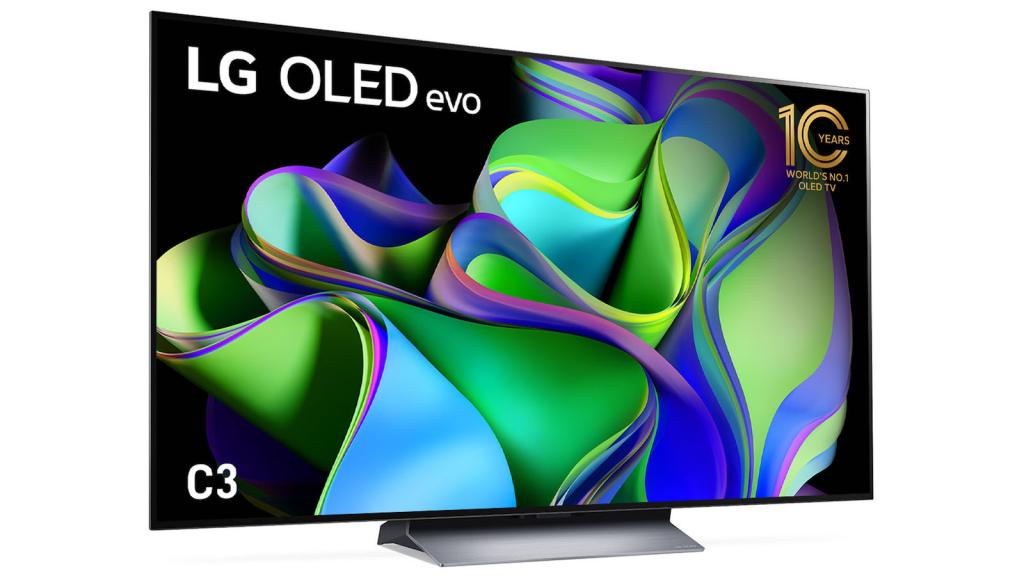
If you’re someone who is a stickler for picture accuracy, LG’s C3 is a hard-to-miss TV. This smart TV uses an OLED display with Dolby Vision and, HDR10 Pro enhancements, and can manage some rich colours with perfect true blacks. It also comes with game optimisation features like AMD FreeSync and Nvidia G-Sync, which will help you achieve some smooth on-screen motion.
Where to buy LG C3 55″ OLED EVO C3 4K UHD Smart TV
Hisense 55″ U7KAU ULED Mini-LED 4K TV
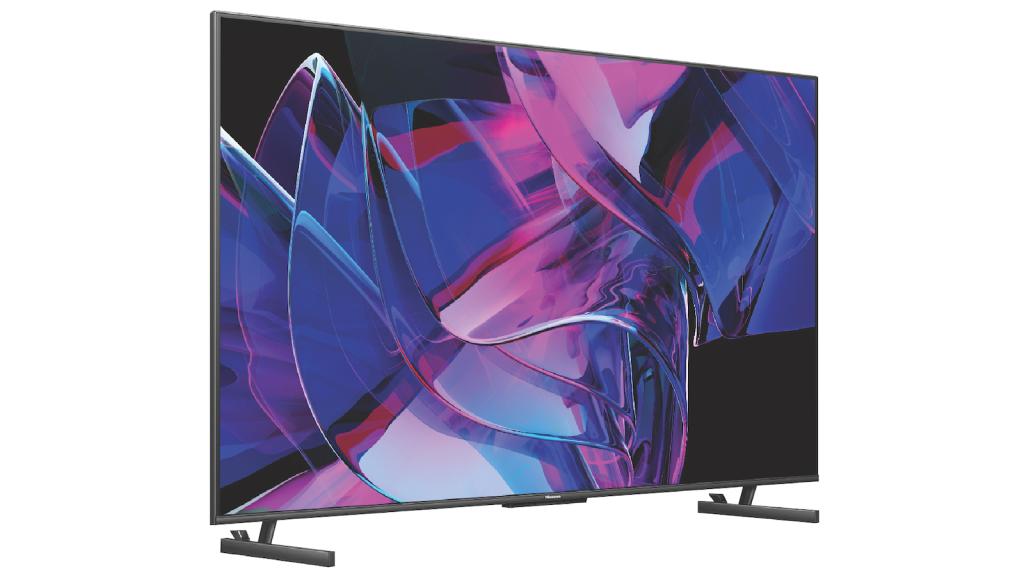
The Hisense U7KAU uses Ultra LED (ULED) and Quantum Dot technology combined with a mini-LED panel. The end results in a vibrant colour display, sharp contrast and a bright display. Depending on the lighting of the room it’s in, the TV also uses Dolby Vision IQ and HDR 10+ Adaptive to shift its colour gamut and brightness to keep everything on-screen visible. The U7KAU comes with a few gaming-centric features, like ALLM and VRR, with support for refresh rates up to 144Hz.
Where to buy the Hisense 55″ U7KAU ULED Mini-LED 4K TV
Lead Image Credit: TCL
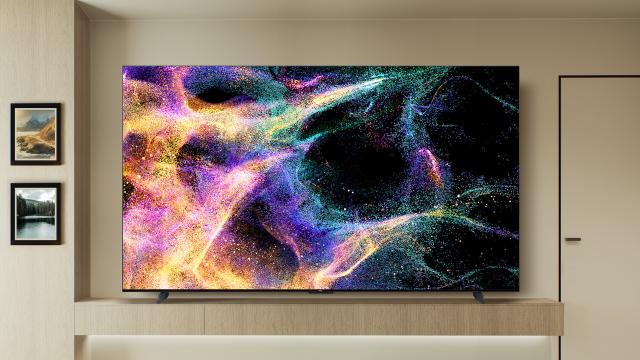
Leave a Reply
You must be logged in to post a comment.